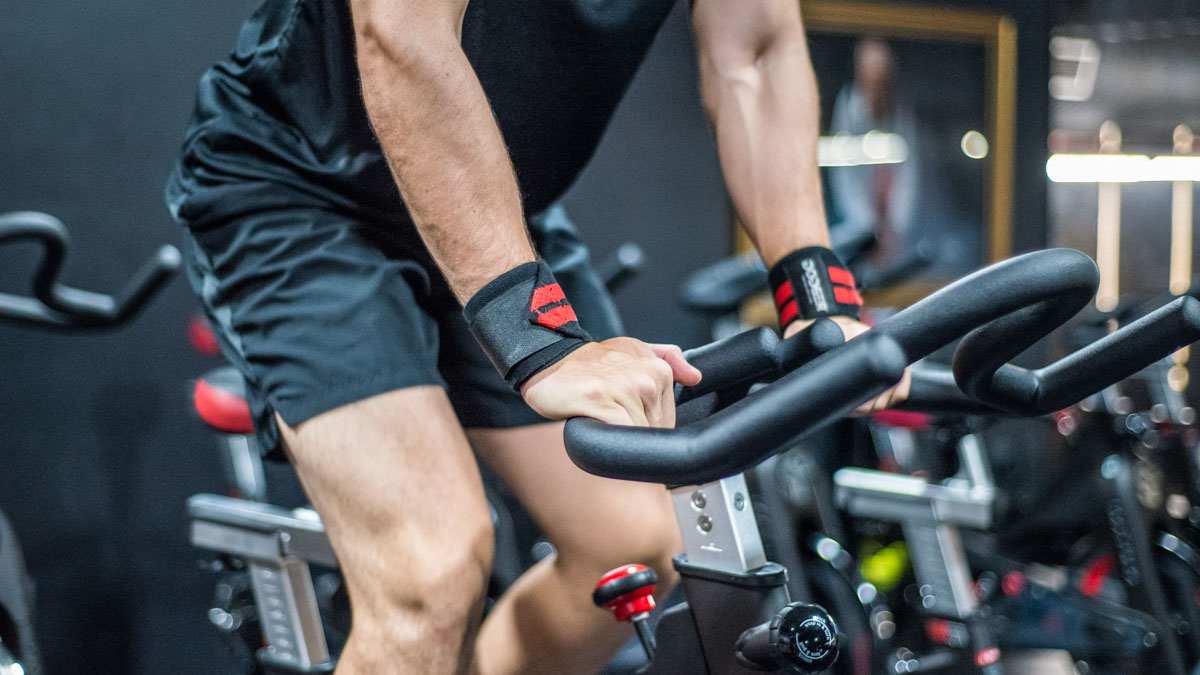The beginning of “the season” is something most cyclists look forward to all year. It’s a chance to set lofty goals, hone in on lessons learned from past seasons, and most importantly, to begin a more focused approach to training. The transition from the off-season to what’s often referred to as the build period is critical in order to set the tone for things to come. Knowing how to prepare for the season ahead will help establish a sustainable approach to your race calendar, as well as ensure that you are mentally prepared to handle the work to come.
1. Have a Plan
Set Your Goals
One of the most effective things you can do when coming into your race season is to formulate a plan. This plan should be detailed and well thought out. Start by identifying what your overall goals for the season are. Things like category upgrades, podiums, top finishes, and PRs usually make the list, but anything that you’d like to accomplish can be included. Next, sort out your race calendar by choosing races, giving those races a priority, and making sure the races you’ve chosen help you reach your goals. For some cyclists, this is enough to get started. However, I like to recommend taking the planning stage a few steps further.
Use Training Metrics to Plan Smarter
With the widespread availability of power-based training metrics, athletes and coaches have the ability to drill down to a more granular level when establishing a season plan. We can now take things a step further by establishing metrics-based goals as well. Analyzing CTL, ramp rate, TSB, and ATL from past races and training periods can help set goals for low- and high-priority races throughout the season.
Also, plotting TSS for each training period in TrainingPeaks ATP allows for a visual representation of the season, along with specific weekly goals. What CTL would be best for a particular race? What’s an appropriate TSB for an “A” priority event? Is there a ramp rate that you respond to best? How much time do you have to dedicate to training? These are examples of the types of questions you can ask yourself and then set subsequent metrics-based goals for your training and racing.
2. Begin the Transition in Training
Assuming your off-season — like the majority of cyclists — has consisted of mostly long, endurance-based training, you’ll more than likely want to follow a linear periodization model, which is the approach that will be detailed here. This approach means that you’ll want to begin your transition 8 to 12 weeks out from your first priority race. While the details can take many forms, ultimately the goal should be to begin to reduce volume and increase intensity. The intensity, and the specifics of the workouts themselves, should be based on your limiters and the dynamics of the race. Muscular endurance and anaerobic efforts are typically the focus during this phase of training.
Remember, the goal here is to begin to prepare your body for the demands of the race or event. Identify what those demands are, and what systems in your body will need to be primed to respond appropriately. If the racecourse contains lots of climbing — and that’s a limiter for you — then hill repeats would be a good workout. If sprints are your weakness, then incorporate intervals at your VO2 max and anaerobic capacity. Also, keep in mind that you’re laying the groundwork for the rest of the season. The intent is not to peak for the entire season, but rather to be in the best shape possible for your first priority race.
3. What to Do
Start Training For Your “A” Race
Once your plan is in place and you’ve identified when to begin, the next step is knowing what workouts to do to help you prepare. Understanding how intensity and duration fit into the equation will allow you to tailor each session to your needs. Generally, the approach is to incorporate more race specificity as you move closer to your race, which typically means less volume and more intensity (i.e., the workouts become shorter but harder). Keeping a close eye on your TrainingPeaks dashboard metrics like ATL (form), CTL (fitness), and TSB (fatigue) are key here, as overtraining and injury can occur easily during this time period.
The 8 to 12 weeks leading up to the “A” priority race is also a good time for lower priority “tune-up” races. Usually referred to as “C” races, they can help you gauge your fitness, identify strengths and weaknesses, and fine-tune race strategies. Races such as criteriums, cross-country mountain biking, and shorter road races and time trials can be good targets. Keep in mind that if you do incorporate any “C” races into your schedule, you shouldn’t perform a full taper before them, or worry too much about your fitness. Rather, continue to look forward toward your “A” race.
Mix It Up With Strength Training and Group Rides
A common misconception is that all of your time needs to be devoted to the bike when race preparation begins. However, continuing to integrate one strength day per week can help to prevent injury, as well as work on force and muscular endurance. This is especially true for Masters athletes. Approach strength from a maintenance perspective and not with the mindset of setting new goals.
Now that you’ve kicked off your season prep, it’s time to get outside and check in to your favorite group rides. Group rides can be a great place to hone your skills, perform race-level efforts, and reconnect with your local cycling community. Pick one ride that you feel is challenging and will help you best prepare for races. Treat them like workouts, and factor the intensity and duration of the ride into your plan. While they’re often fun, they’re still physical efforts, so don’t forget proper recovery.
Planning and preparing for race season is part of a cyclist’s yearly ritual. Looking forward to focused training and racing is what keeps most coming back season after season. Having a plan in place, and knowing how to monitor and execute that plan before you kick things into high gear, will help ensure a successful and productive year. Take time to understand how you’ll need to reach your goals. What types of workouts will it take? How much time do you have to train? What are the right races to choose? These types of questions should be sorted out before you embark on your build-up toward race fitness. Treat the days and weeks before you begin to focus on racing as a golden opportunity to plan for — and execute — your best race season yet.








